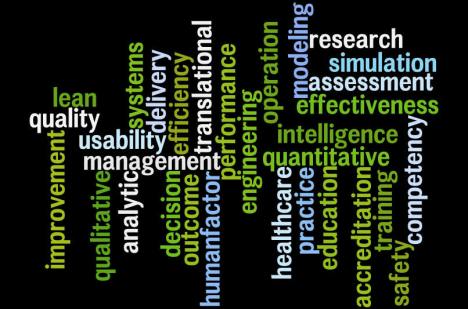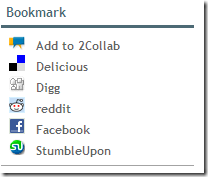WHO published Report the Burden of Endemic Health Care-Associated Infection Worldwide.
From the report:
” • The estimated HAI incidence rate in theUnited Stateswas 4.5% in 2002, affecting 1.7 million patients and corresponding to 9.3 infections per 1,000 patient days.
• The European Centre for Disease Prevention and Control (ECDC) estimated that more than 4.1 million patients are affected by approximately 4.5 million HAIs every year inEurope.
• In the United States approximately 99,000 deaths are attributed to HAIs each year, and the annual economic impact was estimated at approximately $6.5 billion. ”
Filed under: education, healthcare, resources, safety | Tagged: infection, news | Leave a comment »




